Description
Air conditioning copper piping work is a crucial component of HVAC (Heating, Ventilation, and Air Conditioning) systems. Copper piping is preferred for its excellent thermal conductivity, durability, and corrosion resistance. Below is a detailed overview of air conditioning copper piping work, including its types, installation, and maintenance.
Overview of Copper Piping in Air Conditioning Systems
1. Types of Copper Piping
- Type K: The thickest copper pipe, typically used for underground installations.
- Type L: Medium thickness, commonly used in residential and commercial HVAC systems.
- Type M: Thinner walls than Type L, used in residential applications.
- Type DWV: Used for drain, waste, and vent piping, not typically for air conditioning.
2. Applications in HVAC Systems
- Refrigerant Lines: Copper pipes are used to carry refrigerant between the indoor and outdoor units.
- Condensate Drain Lines: To remove the condensate formed during the cooling process.
- Supply and Return Lines: For the distribution of chilled or heated air within the HVAC system.
Installation of Copper Piping
1. Planning and Design
- System Design: Proper design is critical to ensure efficiency. This includes calculating the correct pipe size, length, and layout.
- Material Selection: Choose the right type of copper pipe based on the application, pressure requirements, and environmental conditions.
- Routing: Plan the pipe route to avoid obstructions and minimize bends, which can restrict refrigerant flow.
2. Cutting and Bending
- Cutting: Use a tubing cutter to cut the copper pipe to the required length. Ensure a clean, square cut to ensure a proper fit.
- Deburring: Remove any burrs from the cut end of the pipe to ensure a smooth surface and proper connection.
- Bending: Use a pipe bender to create bends in the pipe as required by the installation plan. Avoid sharp bends to prevent kinking and flow restriction.
3. Joining Techniques
- Soldering/Brazing: Common methods for joining copper pipes. Use a propane or acetylene torch and suitable solder or brazing material.
- Cleaning: Clean the pipe ends and fittings with a wire brush or emery cloth.
- Flux Application: Apply flux to the cleaned surfaces to prevent oxidation during heating.
- Heating: Heat the joint evenly until the solder or brazing material flows into the joint by capillary action.
- Cooling: Allow the joint to cool naturally before handling.
- Compression Fittings: Used for joining pipes without heat, suitable for some applications but less common in HVAC systems.
4. Leak Testing
- Pressure Testing: After installation, pressure-test the piping to ensure there are no leaks. Use nitrogen or a similar inert gas for testing.
- Vacuum Testing: Pull a vacuum on the system to check for leaks and remove any moisture.
Maintenance of Copper Piping
1. Regular Inspections
- Visual Checks: Regularly inspect the pipes for signs of wear, corrosion, or damage.
- Joint Inspection: Check soldered or brazed joints for any signs of leaks or weakness.
2. Cleaning and Flushing
- Internal Cleaning: Periodically flush the system to remove any debris or contaminants that may have accumulated inside the pipes.
- External Cleaning: Keep the exterior of the pipes clean to prevent corrosion from external sources.
3. Corrosion Protection
- Insulation: Properly insulate copper pipes to prevent condensation and reduce the risk of corrosion.
- Protective Coatings: Apply protective coatings to the pipes in corrosive environments.
Benefits of Copper Piping in Air Conditioning Systems
- High Thermal Conductivity: Ensures efficient heat transfer, improving system performance.
- Durability: Copper is resistant to corrosion and can withstand high pressures, ensuring a long service life.
- Malleability: Easy to bend and shape, facilitating complex installations.
- Reliability: Provides a reliable and leak-free connection when properly installed and maintained.
Conclusion
Copper piping work is integral to the performance and reliability of air conditioning systems. Its excellent thermal properties, durability, and ease of installation make it the material of choice for HVAC applications. Proper planning, installation, and maintenance are essential to ensure the efficiency and longevity of the system. By following best practices for cutting, joining, and maintaining copper pipes, HVAC systems can operate at peak performance, providing reliable cooling and heating solutions for various applications. It is important to consult with an HVAC professional Vipul Ac or Call +91 8000392000.

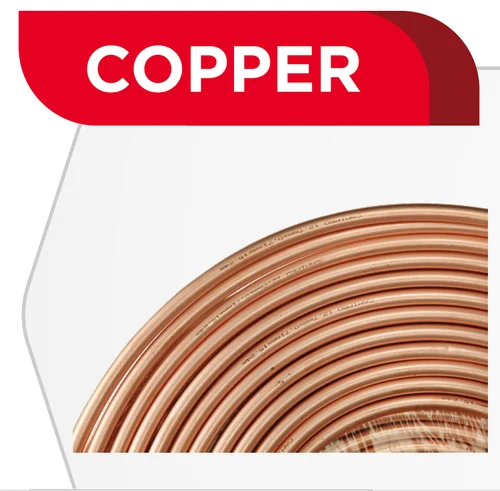





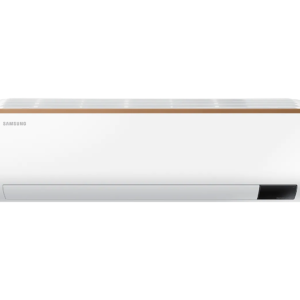
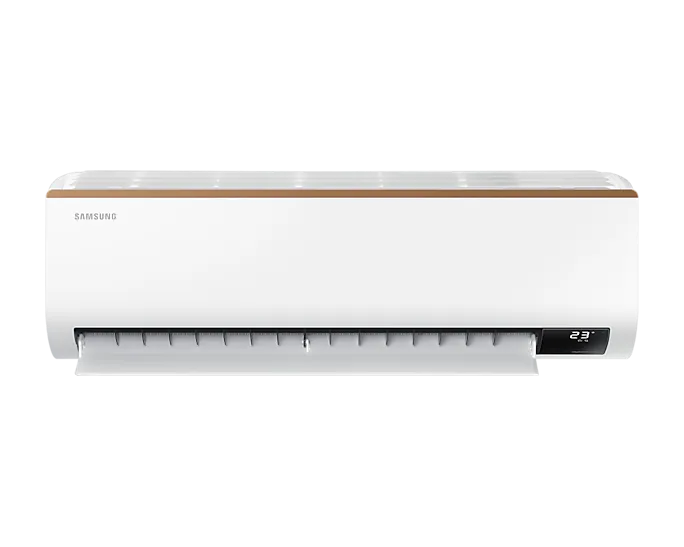


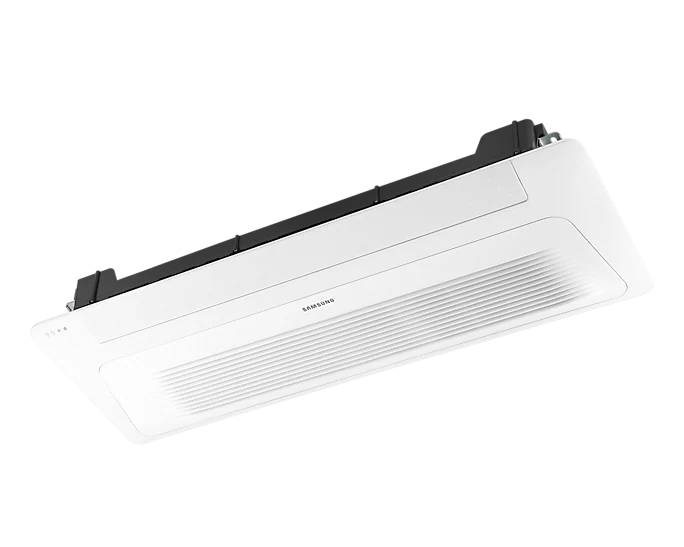

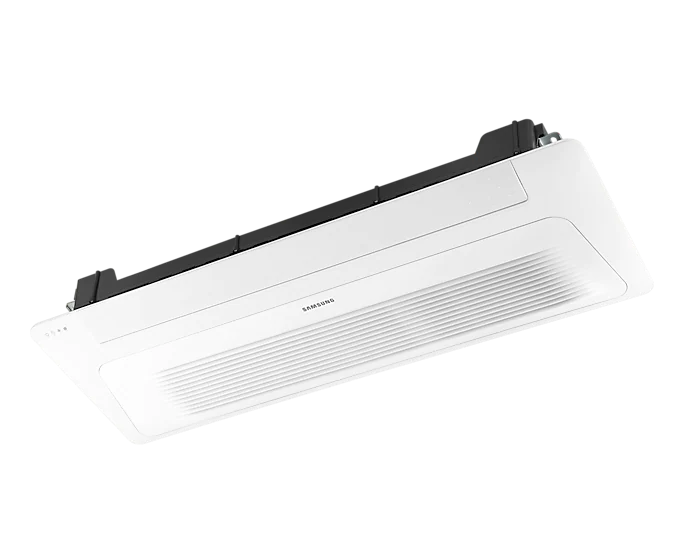






Reviews
There are no reviews yet.